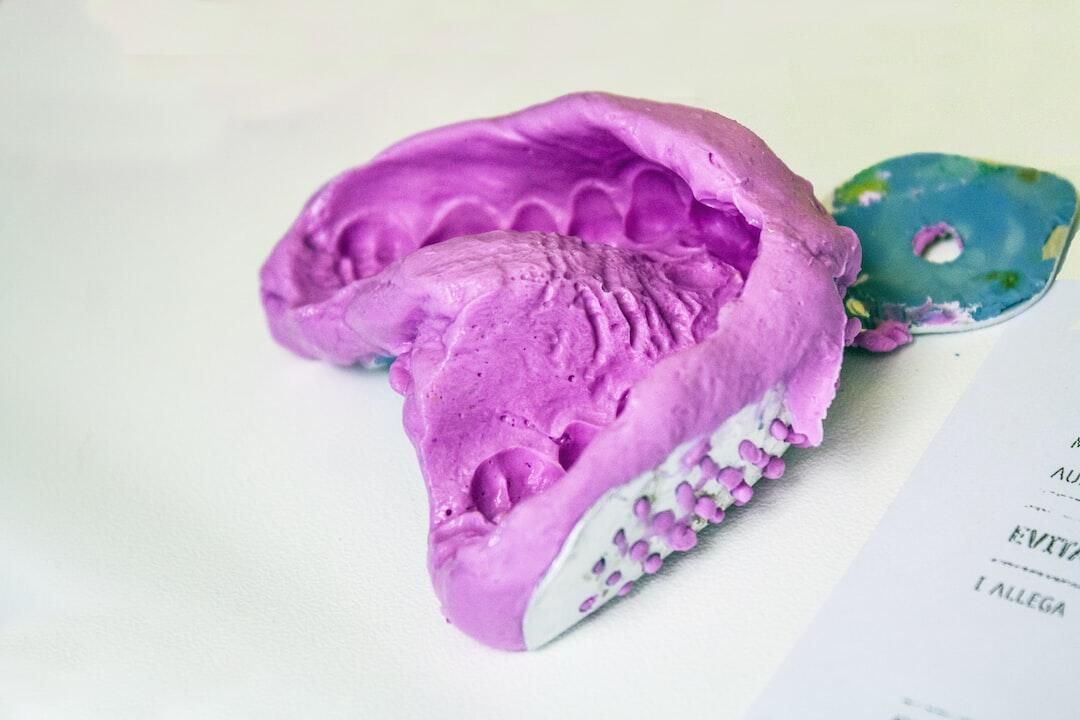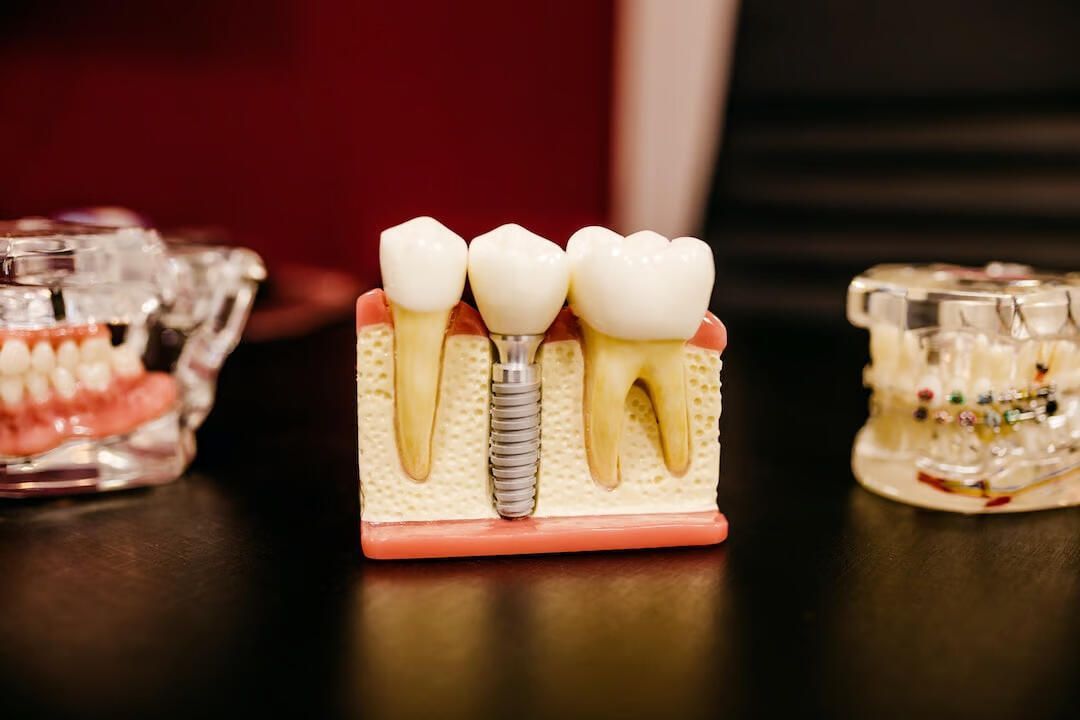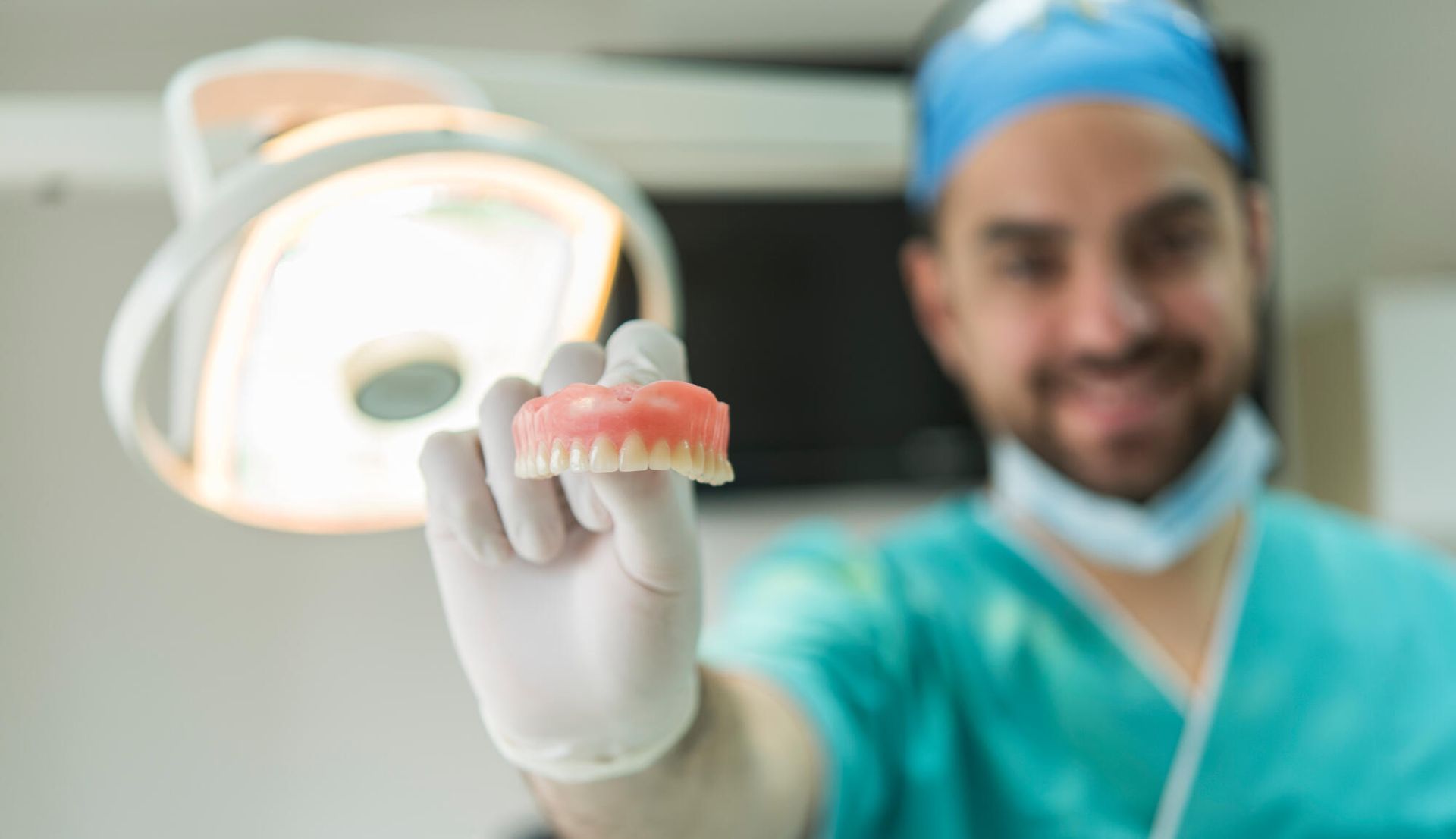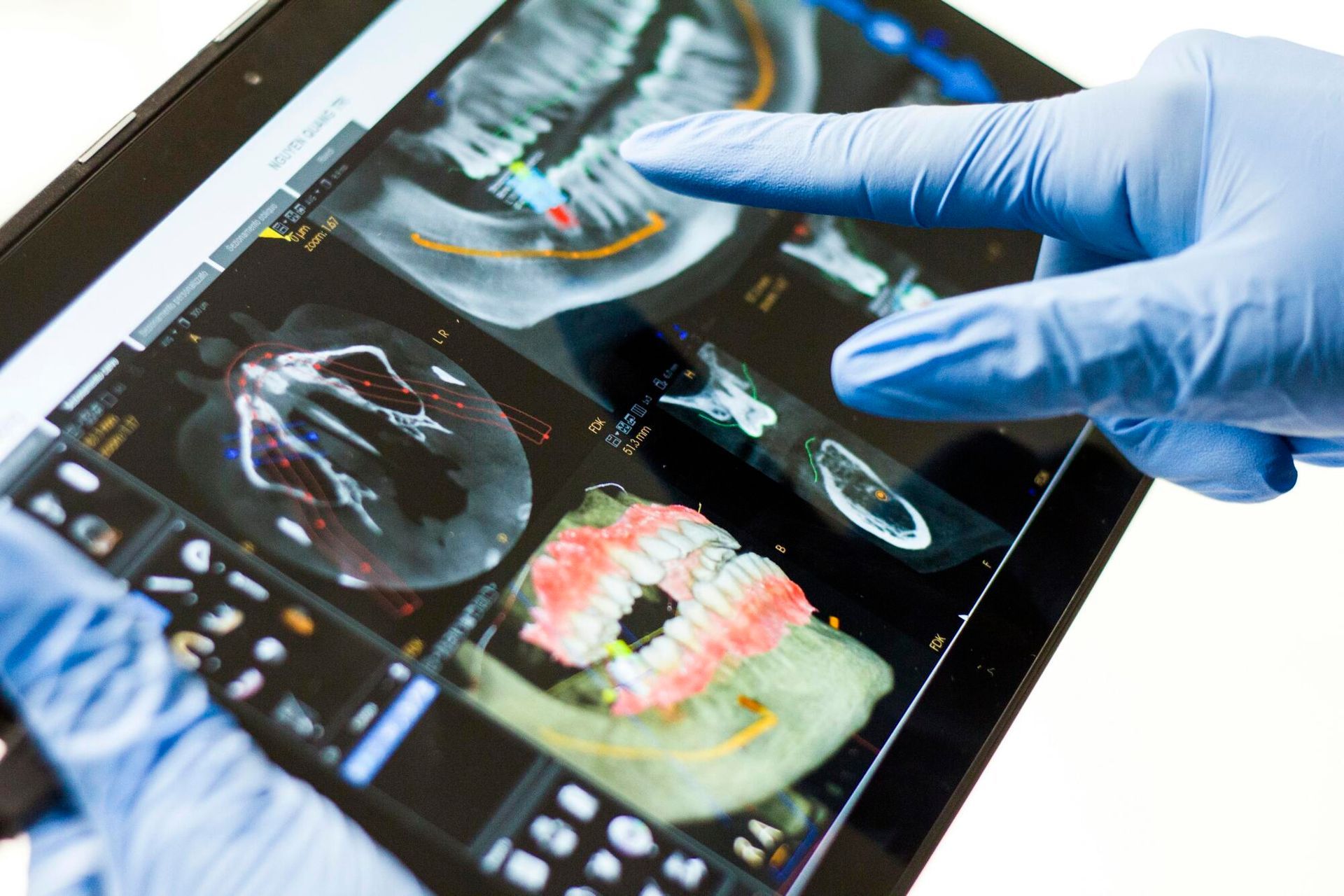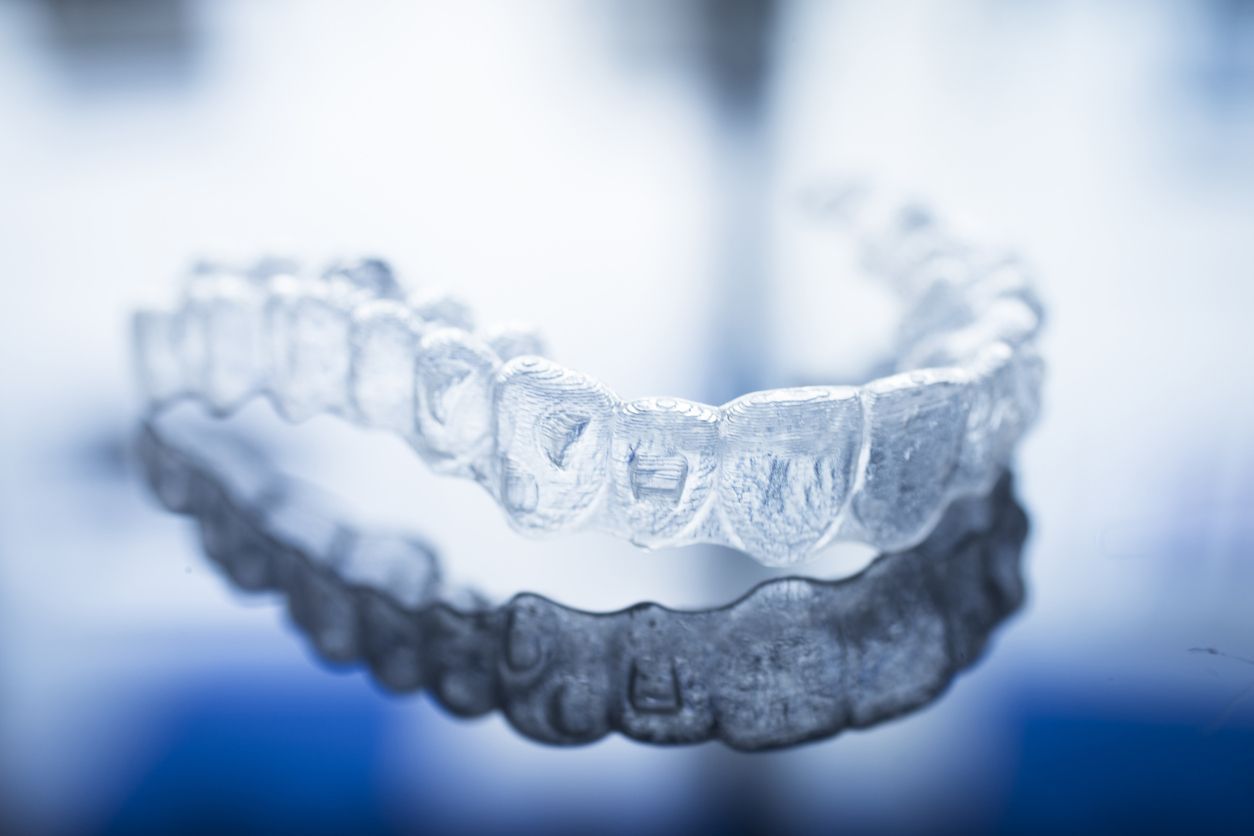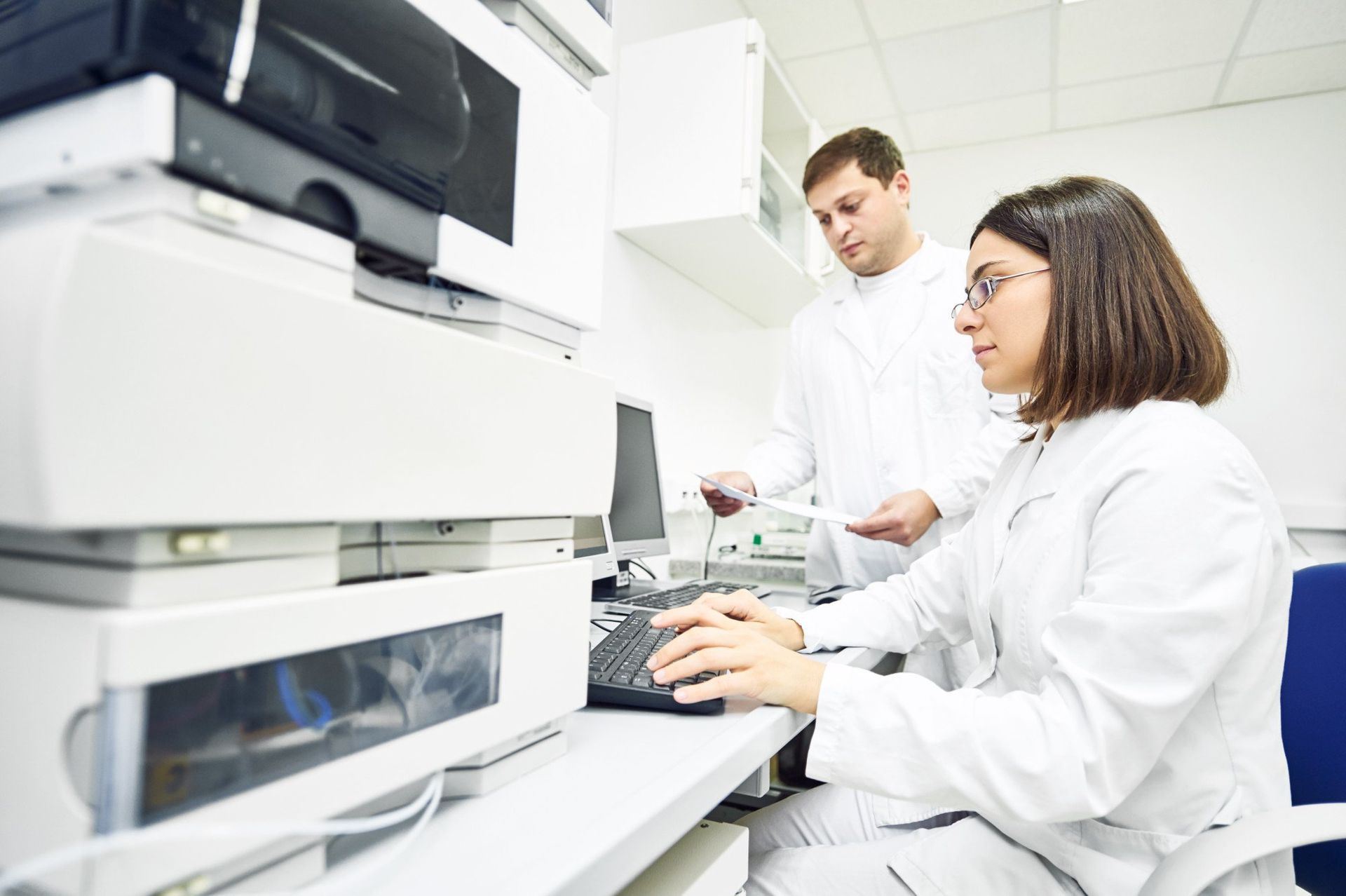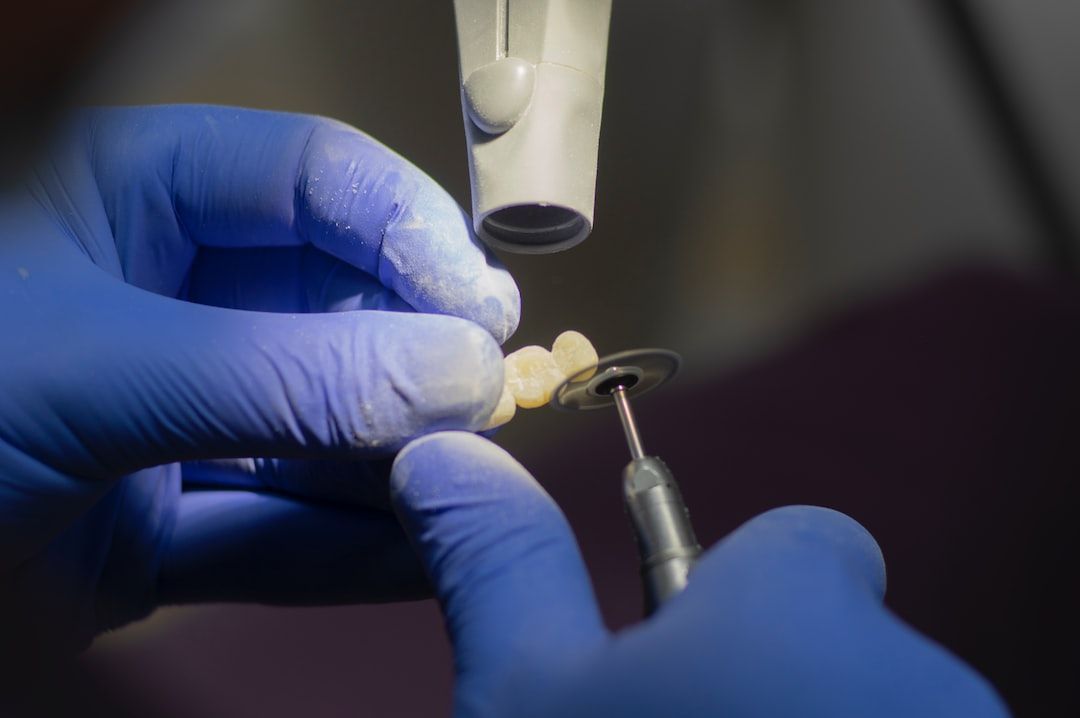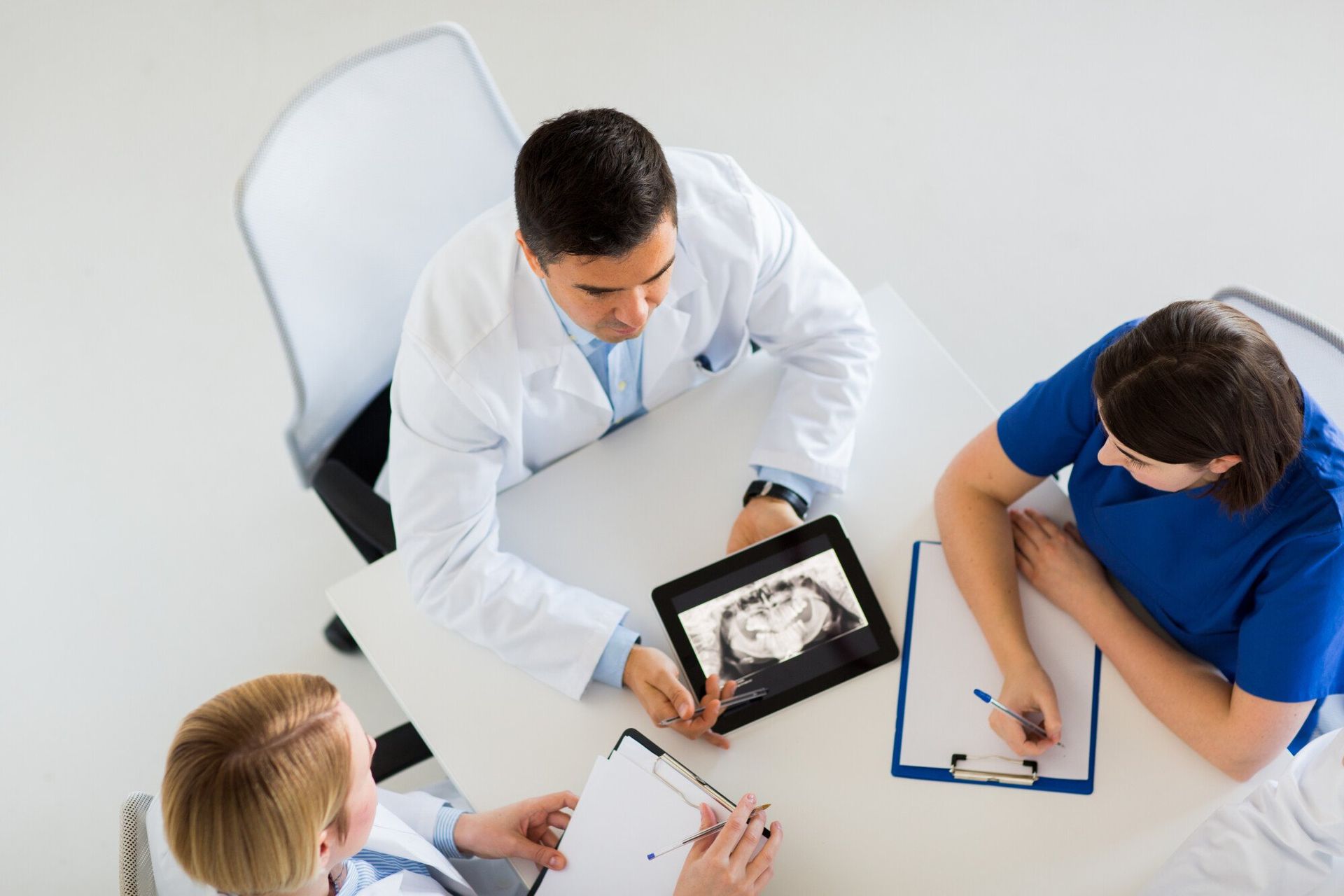3D Printing Applications in Dentistry
The dental 3D printer has changed the dental industry for the better. Explore the different 3D printing applications in dentistry.
How is cutting-edge technology transforming dentistry? The answer lies in the dental 3D printer. This groundbreaking tool is rewriting the rules, turning intricate procedures into straightforward tasks. Imagine dentures, worn by over 40 million people in the USA, so perfectly crafted through 3D printing, they fit like a dream.
This isn't just about machines printing teeth; it's a revolution in dental care. With 3D dental materials leading the way, we're witnessing a new era where efficiency meets precision. As we unpack the world of 3D printing applications in dentistry, you'll see how this technology is not only improving patient experiences but also setting new standards in dental treatments.
Ready to dive into the details? Let's explore how the dental 3D printer is making its mark and why it's a big deal for everyone, from dentists to patients.
The Evolution of 3D Printing in Dentistry
The story of 3D printing in dentistry starts in the late 1980s. Back then, it was a new idea, used mainly for making dental models. This early use was important because it laid the groundwork for future advances.
Stepping into the Future: Advancements in Technology
As time went on, 3D printing technology got better. By the early 2000s, it was changing how dentists work. The introduction of digital scans was a big step. It meant dentists could make more accurate and personalized dental items using the 3D method in dentistry.
Today's World: 3D Printing in Every Dental Clinic
Now, 3D printing is a regular part of dentistry. It's used for a lot of different things, from making implants to designing braces. This tech has made dental treatments faster, more accurate, and better suited to each patient's needs.
Looking Ahead: The Future of 3D Printing in Dentistry
What's next for 3D printing in dentistry? It looks like this technology will keep improving. We'll see even better materials and printers, making dental care even more precise and personalized.
Advancements in Dental 3D Printer Technologies
Recent years have seen a big leap in dental 3D printer tech. These printers have become much more than tools for simple tasks. They are now used for complex work like making precise dental restorations.
Today's dental 3D printers work with a range of materials. This includes resins and ceramics, which are chosen for their strength and how well they match real teeth. The use of these advanced 3D dental materials allows dentists to make things like crowns and bridges that look and feel natural.
The biggest change is how these printers have made dental work quicker and more accurate. Dentists can now create personalized dental items in their own clinics. This means less waiting for patients and more precise treatments.
The evolution of the dental 3D printer is a major step forward in dentistry, making care better and more efficient.
Key Applications of 3D Printing in Dentistry
3D printing is transforming the way dentists work, offering better, faster solutions for a variety of dental issues. Here's a look at some of the key areas where this technology is making a big impact.
Orthodontic Devices: Custom Aligners and Retainers
In orthodontics, 3D printing has revolutionized the creation of aligners and retainers. These devices are now custom-made with incredible precision, ensuring a perfect fit for each patient. This not only improves comfort but also makes the treatment less noticeable, which is a big plus for many patients.
Dental Restorations: Crowns, Bridges, and Implants
When it comes to restorations like crowns, bridges, and implants, 3D printing shines in its precision and efficiency. The technology is particularly significant in creating 3D printed dentures. These dentures are meticulously crafted to match the patient's mouth, offering a natural look and feel.
Surgical Guides and Anatomical Models
Surgical guides and anatomical models are another area where 3D printing is invaluable. These guides are used by dentists to plan and execute surgeries with higher accuracy, leading to better outcomes for patients.
The use of 3D printing in creating these guides exemplifies the advanced 3D method in dentistry, marking a shift towards more precise and successful dental treatments.
Innovations and Prospects
The future of 3D printing in dentistry is brimming with potential, heralding a new era of groundbreaking innovations. On the horizon, we see advancements that promise to further revolutionize the way dental care is delivered and experienced.
Bioprinting: The Next Frontier
A thrilling prospect is bioprinting, where the focus is on regenerating tissues. Imagine a world where we can print not just dental implants but actual living tissues. This could revolutionize treatments for gum diseases and tooth loss, offering more natural and effective solutions.
AI Integration: Precision Enhanced
Another exciting development is the integration of artificial intelligence (AI) with 3D printing. AI can analyze dental scans with incredible accuracy, suggesting the best ways to print dental devices or implants. This means even more personalized and precise dental care for patients.
Improving Patient Care
These advancements are not just about technology; they're about better patient care. With faster and more accurate treatments, patients will spend less time in the dental chair and more time enjoying a healthy smile.
Personalized solutions will also mean fewer complications and more comfortable treatments.
Sustainability and Cost-Effectiveness
Finally, 3D printing holds the potential for more sustainable dental practices. With less waste and more efficient use of materials, dentistry can become more eco-friendly. Plus, as this technology becomes more widespread, it's likely to become more cost-effective, making high-quality dental care accessible to more people.
Incorporating these advancements, the benefits of 3D printing in dentistry are clear: more efficient, effective, and patient-friendly treatments. As we look ahead, it's evident that 3D printing will continue to play a pivotal role in shaping the future of dental care.
Embracing the Future with Dental 3D Printing
The dental 3D printer has transformed dentistry, offering precision, customization, and efficiency. With advancements in 3D dental materials and methods, the potential for future innovations is vast.
From orthodontic devices to dental restorations, the benefits of this technology are clear. As we embrace the future, Arizona 3D Dental Lab, with our unique blend of dental expertise and advanced technology, leads the way in maximizing these benefits.
Interested in exploring how 3D printing can enhance your dental practice? Get in touch with us to learn more about our services and expertise.


